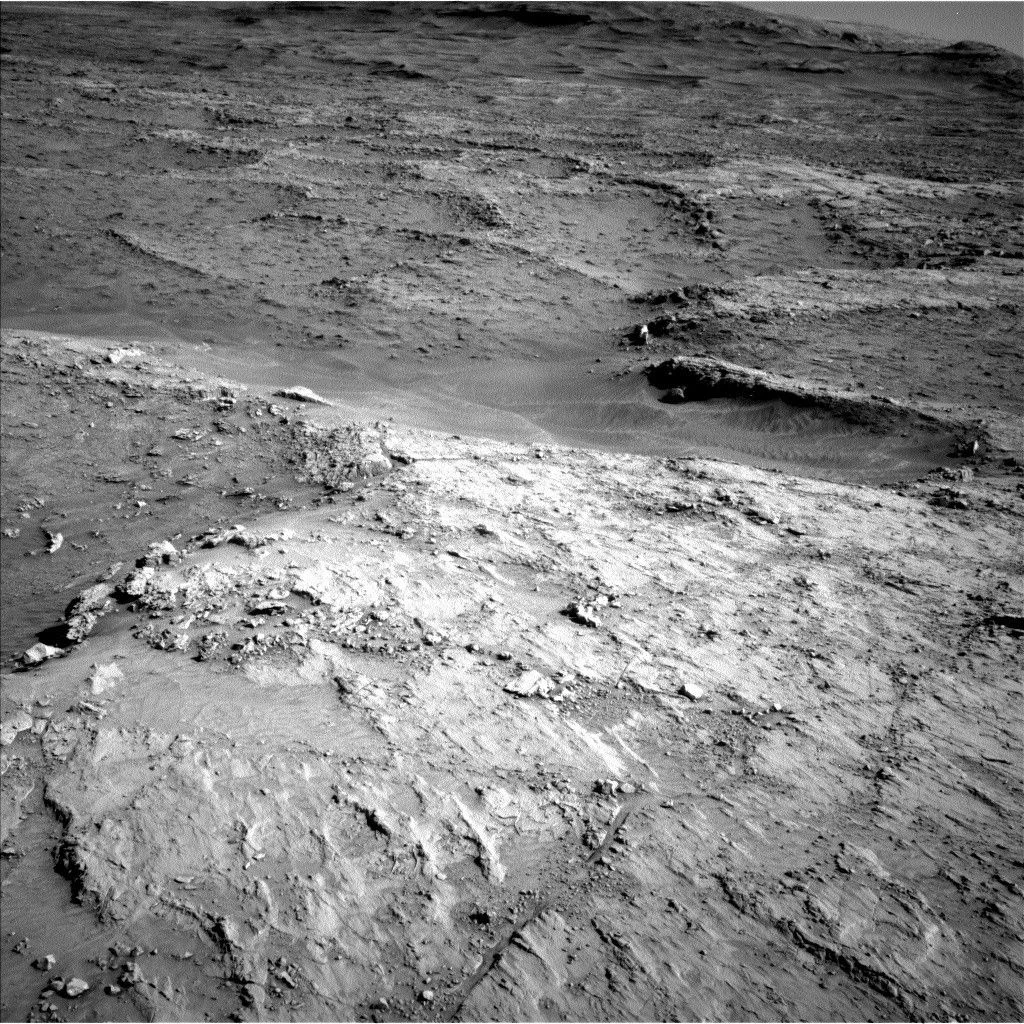
Curiosity Rover Unveils Martian ‘Stone Web’: A Geological Puzzle on Mount Sharp
NASA's Curiosity rover has stumbled upon a fascinating geological structure on Mars, potentially rewriting our understanding of the planet's history. Dubbed a "stone web" or "boxwork structure," this network of tough, web-like ridges, first spotted from orbit, is now under intense scrutiny by the rover's suite of instruments.
Curiosity's journey up Mount Sharp has led it through diverse terrains, diligently mapped by the team from orbit. Recent stops highlight this geological variation, transitioning from textured red areas to grayer material, and finally, to this intriguing linear feature.
The initial approach wasn't without its challenges. A pesky pebble lodged under one of Curiosity's wheels initially prevented the use of its robotic arm. "Whenever the rover isn’t on firm ground, we cannot take the arm out," explained Susanne Schwenzer, Planetary Geologist at The Open University. Undeterred, engineers skillfully maneuvered the rover, pulling it back slightly to secure a stable position.
Now grounded on solid terrain, Curiosity is seizing every opportunity for contact science. The rover is employing its Dust Removal Tool (DRT) to brush off target "Arroyo Seco" and conduct an APXS (Alpha Particle X-ray Spectrometer) measurement. This allows scientists to analyze the brushed material and gather crucial data about its composition. Further APXS measurements are planned on the rugged edge of the ridge, target "Mesa Grande," and "Paso Picacho," located on the same ridge.
ChemCam, Curiosity's laser-toting instrument, is also playing a key role, investigating the ridge feature at target "Pauma Valley." In addition, the instrument will perform a passive spectral investigation on the target "San Ysidro" to capture the texture hinted at in the Mastcam images.
"We are driving through an area with criss-crossing fracture sets (which we call boxwork structures) large enough to be seen from orbit," said Michelle Minitti, Planetary Geologist at Framework, shedding light on the team's rationale. If these fractures were caused by extensive fluid flow through the Martian crust, understanding them would be an important contribution toward tracing the history of Martian water.
Beyond the immediate boxwork investigation, Curiosity continues its atmospheric and environmental monitoring, tracking cloud formations, dust devil activity, and atmospheric opacity. These routine observations provide crucial baseline data, allowing scientists to identify patterns and detect deviations that may signal significant environmental changes.
After completing this investigative work, the rover will embark on a 20-meter drive, navigating around the ridge and setting course for the next set of geological puzzles. The journey continues, with each new discovery adding another piece to the Martian jigsaw.
What secrets will Curiosity uncover next? Will this "stone web" reveal new clues about Mars' watery past? Share your thoughts and predictions in the comments below!